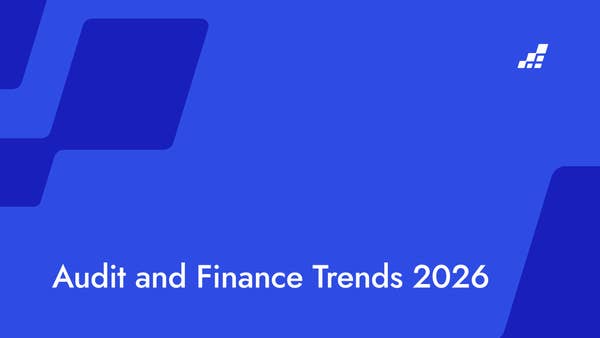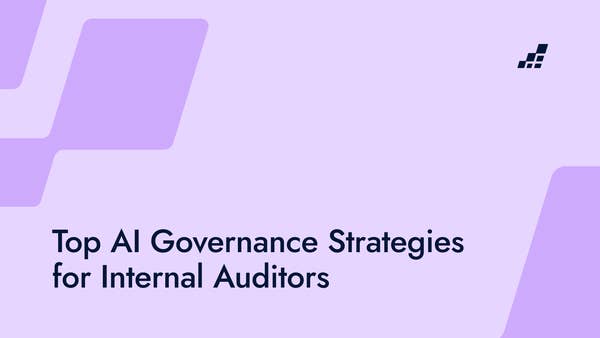- /
- Blog
What Are SOX Controls and Why They Matter?

What Are SOX Controls?
SOX controls, formally referred to as Sarbanes-Oxley controls, were established in the aftermath of corporate scandals in the early 2000s. This regulatory framework aims to enhance the accuracy and reliability of financial reporting within publicly traded companies. In this article, we’ll explore the critical role of SOX controls, their benefits, the consequences of non-compliance, the various types of controls, testing methodologies, reporting obligations, compliance checklists, and the mandatory nature of SOX compliance.
SOX Controls: What They Do and Why They Matter
SOX controls are vital for corporate governance and financial regulation. Their primary goal is to ensure transparency, integrity, and accountability in financial reporting.
Benefits of SOX Controls
Implementing SOX controls allows companies to establish effective internal control systems that promote accurate financial reporting, mitigate risks, and provide assurance to investors and regulators. These controls also contribute to enhancing the overall operational efficiency of organizations.
- Establishing a Strong Control Environment: A crucial aspect of SOX controls is creating a robust control environment. Management plays a vital role in fostering a culture of ethical behavior and integrity. Setting a positive tone at the top influences employees to align with the company's values.
- Risk Identification and Assessment: SOX controls require companies to identify and assess risks associated with financial reporting. This involves thoroughly analyzing internal control systems to identify potential weaknesses and implement appropriate controls.
- Documentation of Processes and Procedures: Documenting processes and procedures is a key component of SOX controls. Clear documentation contributes to consistency and standardization in financial reporting practices.
- Monitoring and Evaluation: SOX controls emphasize the regular monitoring and evaluation of internal control systems. Periodic assessments help identify deficiencies, enabling companies to take corrective actions and continuously improve.
- Segregation of Duties: SOX controls underscore the importance of segregating duties within the financial reporting process. Assigning different individuals to specific tasks reduces the risk of fraud and errors.
- Checks and Balances: Companies implementing SOX controls must establish a system of checks and balances. This involves review and approval processes to ensure the accuracy of financial information, minimizing errors and increasing reliability.
What Happens When SOX Controls Fail?
When SOX controls fail, the consequences can be significant:
- Inaccurate Financial Reporting: Failure to maintain SOX controls can lead to misleading financial statements, impacting investors and stakeholders.
- Regulatory Scrutiny: Companies may face regulatory investigations, resulting in time-consuming and costly repercussions.
- Loss of Investor Confidence: Non-compliance can erode investor trust, leading to declining stock prices and lost investment opportunities.
How Many SOX Controls Are There?
The number of SOX controls required varies based on factors like company size and industry. Each organization must assess its specific risks and collaborate with auditors to tailor controls effectively.
SOX 404 Controls
SOX 404 focuses on internal control assessment and reporting. It emphasizes management's responsibility to create and maintain a robust internal control structure for financial reporting.
SOX IT Controls and Cybersecurity
IT controls are crucial for ensuring SOX compliance. They protect the integrity and confidentiality of financial data, making cybersecurity a key focus. Strong IT controls safeguard sensitive information from unauthorized access and cyber threats.
SOX Controls Testing
Regular testing of SOX controls is essential to ensure compliance. Internal auditors or external firms typically conduct tests, such as walkthroughs and reviews, to evaluate the effectiveness of controls. This ongoing evaluation helps organizations continuously improve their internal control systems.
SOX Reporting
SOX reporting involves documenting and communicating a company’s internal control structure. Public companies must include management's assessment of internal controls in their annual reports, ensuring transparency for shareholders and regulators.
SOX Compliance Checklist
- Checking how well your internal controls are designed and if they're doing their job
- Documenting your control processes, outlining objectives and activities
- Keeping an eye on the control environment and fixing any issues that pop up
- Testing controls to see if they're effective and addressing any weak spots
- Putting together management's report on internal controls for financial reporting
- Making sure you're not just SOX compliant but also meeting other relevant regulations and reporting requirements
By following a thorough SOX compliance checklist, companies can tackle their regulatory duties and keep their internal control systems robust and reliable.
Is SOX Compliance Mandatory?
SOX compliance is necessary for all public companies registered with the U.S. Securities and Exchange Commission (SEC). Skipping SOX compliance can lead to serious legal, financial, and reputational consequences. It’s not just about following the rules; it’s about establishing a strong compliance program.
SOX Controls Summed Up
SOX controls are critical for maintaining ethical business practices, accurate financial reporting, and investor confidence. Implementing strong internal control systems helps organizations prevent fraud, improve operational efficiency, and protect their reputations. Adhering to SOX compliance requirements is essential for public companies, ensuring transparency, accountability, and the integrity of financial reporting.
FAQs
What is the primary goal of SOX?
The primary goal of the Sarbanes-Oxley Act (SOX) is to enhance transparency, accuracy, and accountability in corporate financial reporting to protect investors and the public from accounting fraud and mismanagement.


.png?width=600&quality=70&format=auto&crop=16%3A9)
